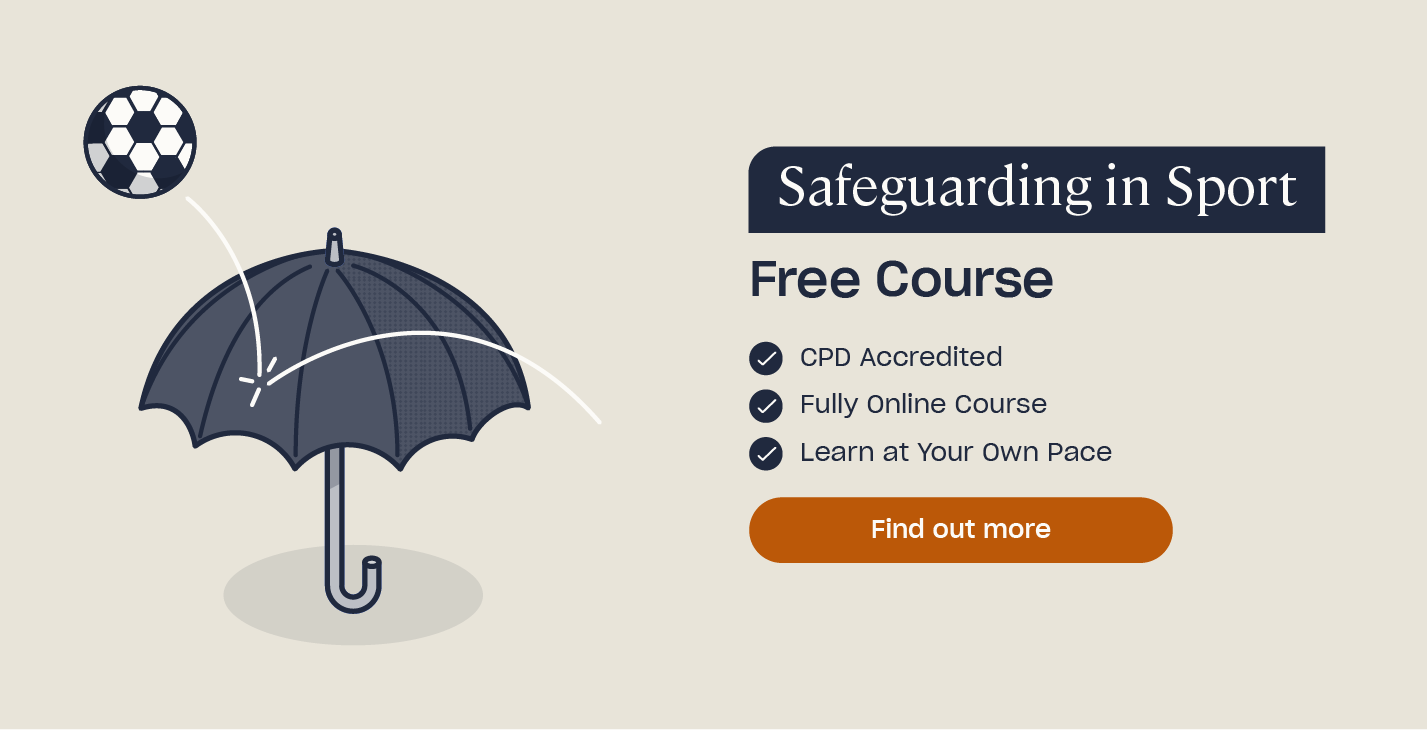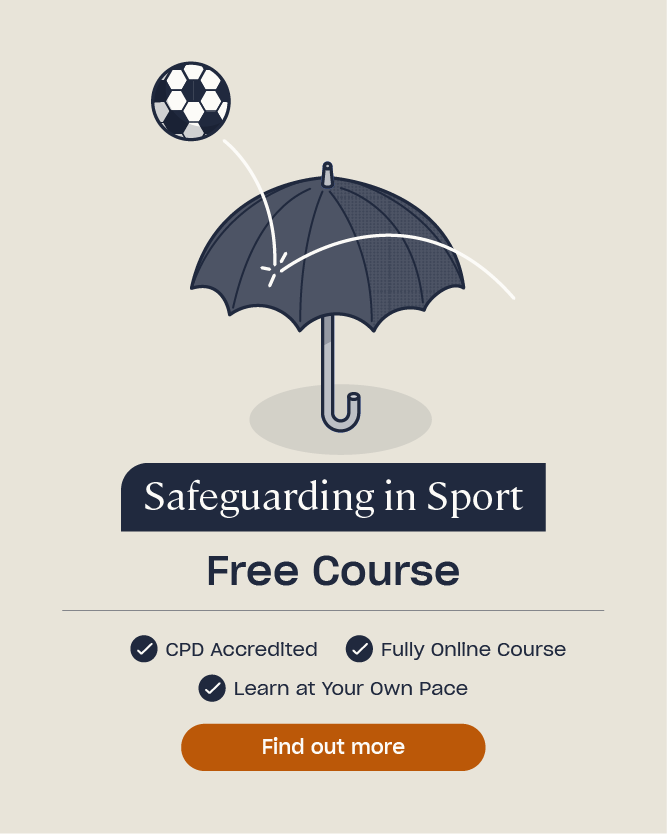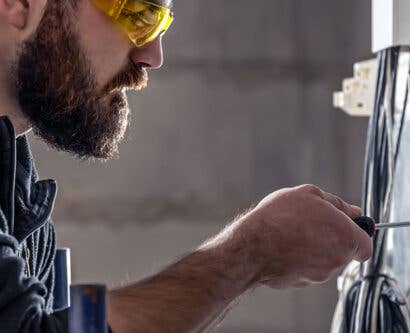How to Become a Dance Teacher
The professional dance industry consists of dancers, teachers, choreographers, costume designers, set designers, musicians and many others working behind the scenes. The dance industry has so much earning potential, therefore, if you have a passion for dancing and wish to turn it into a career, being a dance teacher could be the perfect job for you.
In this article, we will outline the role of a dance teacher and some of the skills, experience and qualifications required. We will also discuss what the next steps are for pursuing the role.
What is a Dance Teacher?
Dance teachers educate and train students in dance. This includes teaching dance routines, as well as helping students perfect their technique and performance. There are different styles of dance, such as ballet, tap, modern, ballroom, hip-hop and folk dancing. Depending on their area of expertise and the setting where the dance teacher works, they may specialise in one style of dance or teach a number of styles.
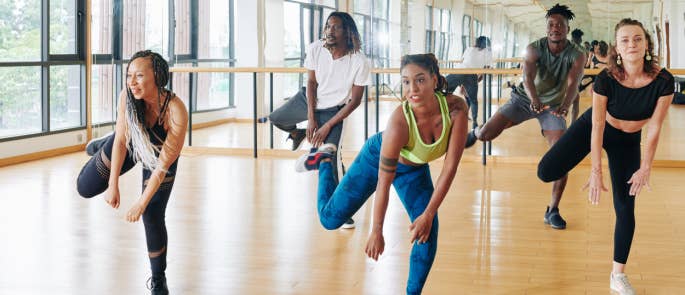
The role of a dance teacher involves showing students how to warm up, demonstrating dance moves, assessing students’ performance, providing feedback, training students for exams and choreographing dances.
As mentioned, dance teachers work in a variety of settings, including schools, community centres, gyms or professional dance schools. This means that as a dance teacher, you can work with a variety of people, of different ages and abilities.
Dance Teacher Skills and Responsibilities
There are certain skills and qualities that are needed for being a successful dance teacher. As dancing is an art form, a level of creativity is needed for the role, and a passion for dance is crucial. Knowledge and awareness of the fine arts and the dance industry are also valuable for the role.
No matter what level of ability dance students bring, teachers must be patient and motivated, as well as able to motivate others. Dancing is very hard and often requires practising the same move or routine repeatedly until it is perfected, therefore patience is required. As with any teaching role, verbal communication, leadership and time management are crucial.
Your responsibilities as a dance teacher will include working on your feet most of the time and being active, as you may have to show students dance moves and help them perfect their technique.
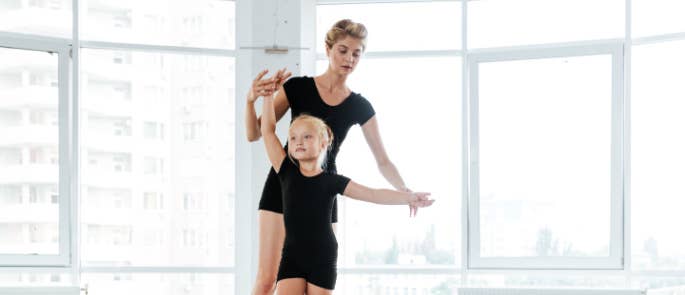
Depending on the setting you work in, you may be responsible for preparing students for their dance exams. This can include observing, providing feedback and marking students’ performances and you will need to develop your skills on how to do this successfully.
Personal development also forms a huge part of being a dance teacher. You must work to keep track of the latest news from the industry and remain up-to-date with your own skills to ensure you are providing the best example to your students. This can involve preparing and planning for classes and exams, again this will depend on the setting you work in.
What Qualifications Do You Need to be a Dance Teacher?
The qualifications needed to be a dance teacher vary depending on which setting you would like to work in. As mentioned, dance teachers can work in schools, community centres, professional dance companies and many more settings.
The essential qualifications will also depend on the students you wish to teach, for example, there is a difference between the qualifications needed for teaching young children in their first ballet class, compared to teaching professional dancers in the west end.
To teach dance in a school, you’ll need a relevant degree in dance or performing arts. Some degrees in dance already include teacher training. However, if you want to teach dance in a primary school, you’ll need a degree in early years education and then you can develop a subject specialism, such as physical education, which may include dance.
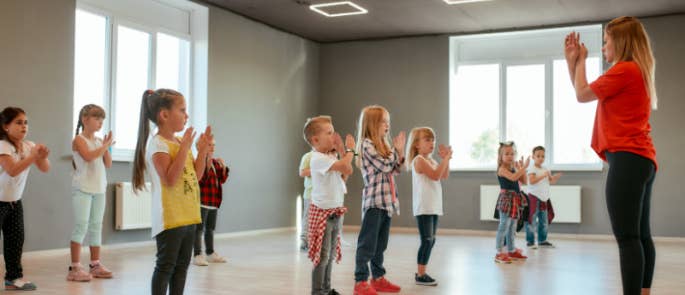
To teach dance in a secondary school, you could become a physical education teacher with a specialism in dance, or you could teach dance as a single subject. This will be dependent on the curriculum of the specific school you want to work in and if they offer dance as a stand-alone subject.
To teach dance at University level, as a lecturer, you will need a recognised postgraduate qualification or experience as a professional dancer, in addition to teaching experience.
Many dance schools require teachers to have their own insurance, such as dance insurance coverage or dance fitness liability insurance. You can easily apply for dance teacher insurance online.
It is also important to consider that you may need Disclosure and Barring Service (DBS) checks to work with children and adults at risk. DBS checks review the criminal record of an individual and are completed for safeguarding purposes. In most cases, the employer will apply for your DBS for you.
It is essential that all adults working with people under the age of 18, or working with adults at risk, have the appropriate safeguarding knowledge. Taking a proactive approach to safeguarding training and developing your knowledge will show your commitment to ensuring your students feel safe.
Looking to Learn More?
Take a look at our range of Safeguarding Courses, including Safeguarding in Sport, Introduction to Safeguarding Children and Introduction to Safeguarding Adults.
Entry Requirements
Whichever level of dance you wish to teach, there are some minimum requirements you will need. These include:
- Four or five GCSEs at grades 9 to 4 (A* to C), or the equivalent, including Maths and English.
- Three A Levels, or the equivalent of a level 3 qualification in performing arts dance, or higher.
Furthermore, there are additional desirable criteria that will improve your chances of employment. This includes a professional qualification from a recognised dance awarding organisation, such as the Royal Ballet School.
How do I Secure a Job as a Dance Teacher?
If you want to become a dance teacher, it is vital that you work towards getting the right qualifications and the necessary experience. An important factor to consider is where and who you want to teach, as this will impact which qualifications you need.
There are a few different ways you can become a dance teacher, including through:
- A University course.
- A college course.
- Working as a teaching assistant, this may require you to already have certain qualifications.
- Setting up as self-employed, for this you will require dance teacher qualifications. You could gain these independently or while working for an existing business as a dance teaching assistant.
You will need to join a dance teachers association, such as the International Dance Teachers Association (IDTA), for credibility as a dance teacher. Associations will provide guidance and support, as well as being a great way to meet other aspiring, and current, dance teachers. They are also great networking tools and could help you look for career opportunities and vacancies in your chosen area.
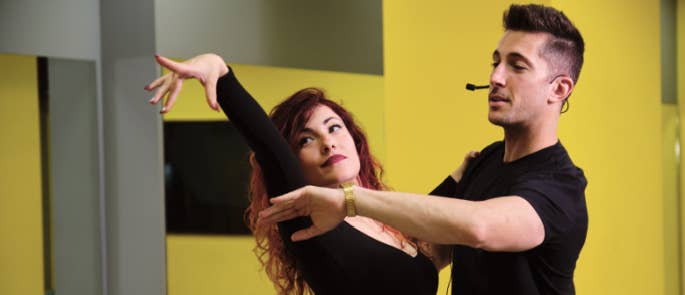
Becoming a Self-Employed Dance Teacher
Becoming a self-employed dance teacher will require other considerations in addition to the teaching qualifications needed. You will need to gain experience, build your reputation and learn how to set up your business.
Considerations for becoming a self-employed dance teacher include the following:
- Gaining your dance teacher qualifications.
- Gaining the necessary experience.
- Becoming a member of a dance teachers association.
- Registering with the HMRC for your taxes as self-employed.
- Having the appropriate and necessary insurance.
- Marketing your business to potential students.
Being a dance teacher is an amazing career choice, especially for those with a passion for dance and teaching. There are many ways to go about becoming a dance teacher that all depend on where and who you want to teach, therefore taking the time to think about what you will need to do and how you will do it will help you on your journey to becoming a dance teacher.
We hope you have enjoyed this article and learnt more about what dance teachers do and what some of the skills, experience and qualifications are required. If pursuing a career in dance teaching is for you and you’d like some support on what training we can provide, please don’t hesitate to get in touch with us at High Speed Training!
Further Resources:
- Safeguarding in Sport
- Guide to Safeguarding Children in Sport
- How to Support Children with Disabilities to be Active
- How to Find the Right Career for Me
